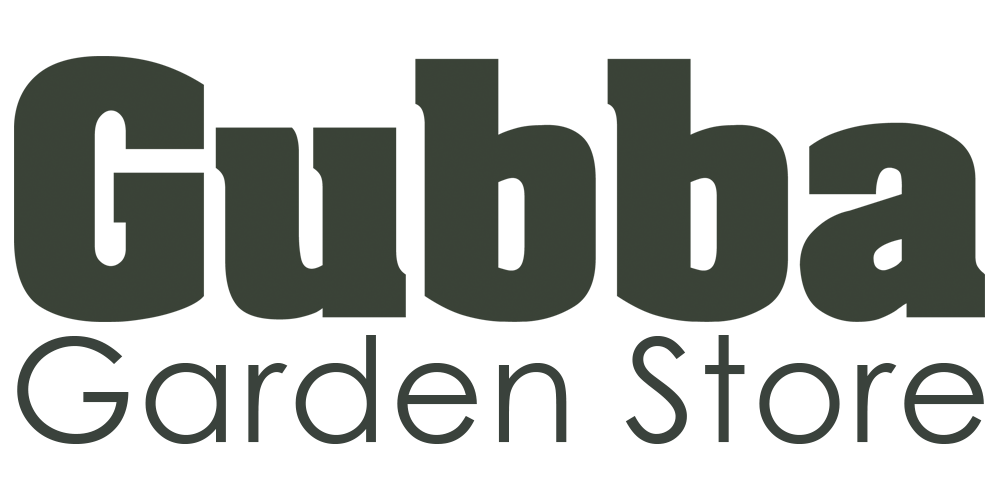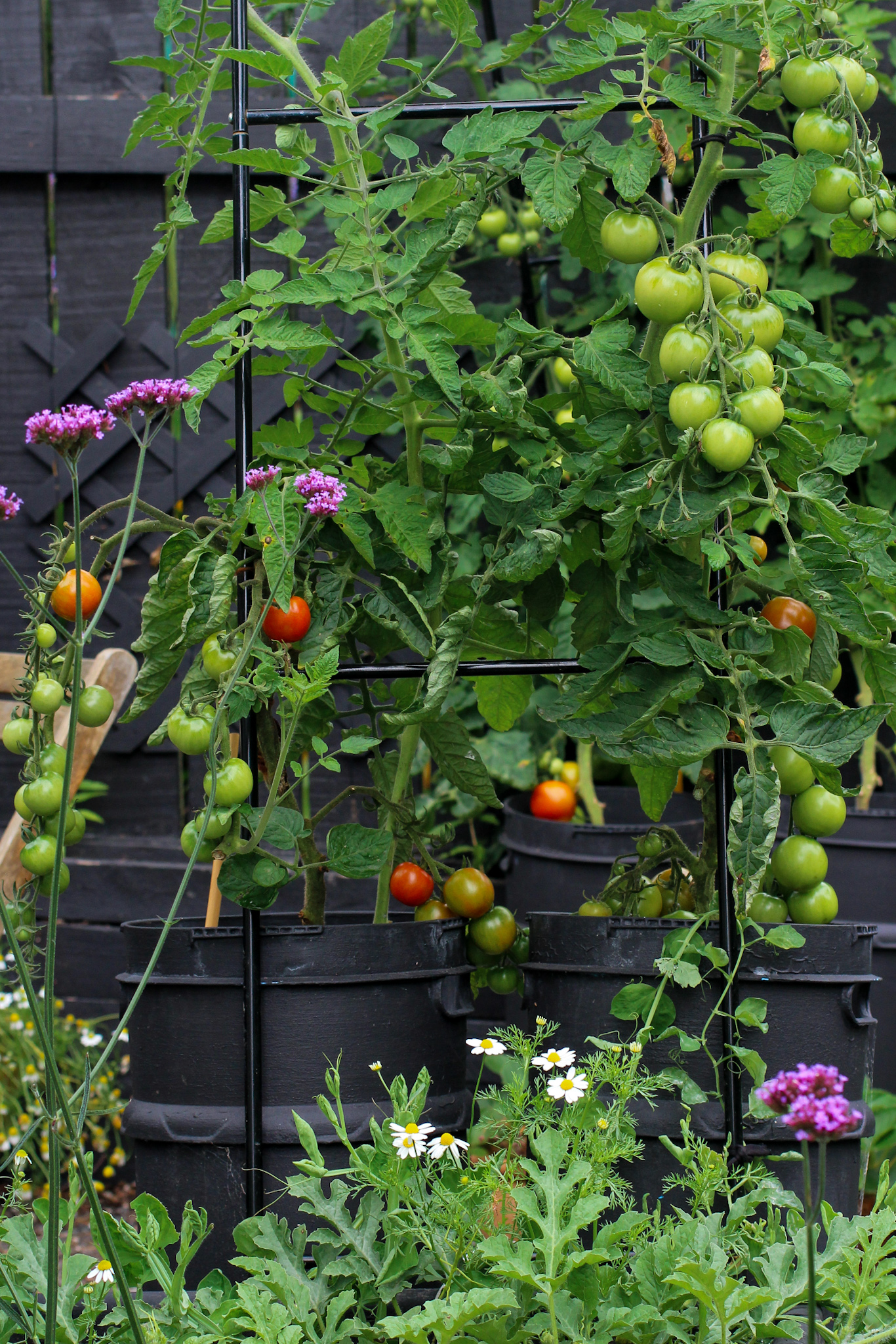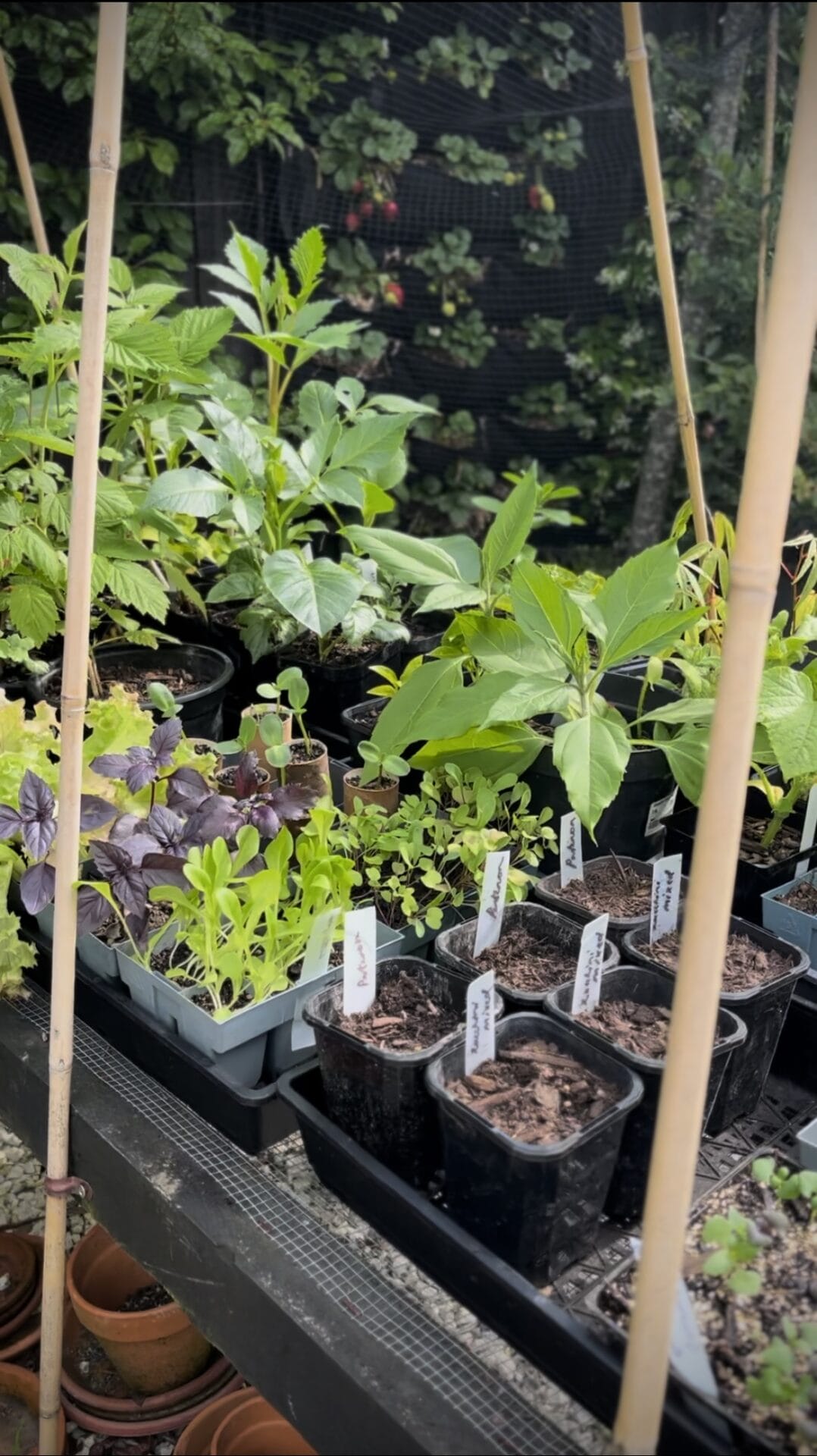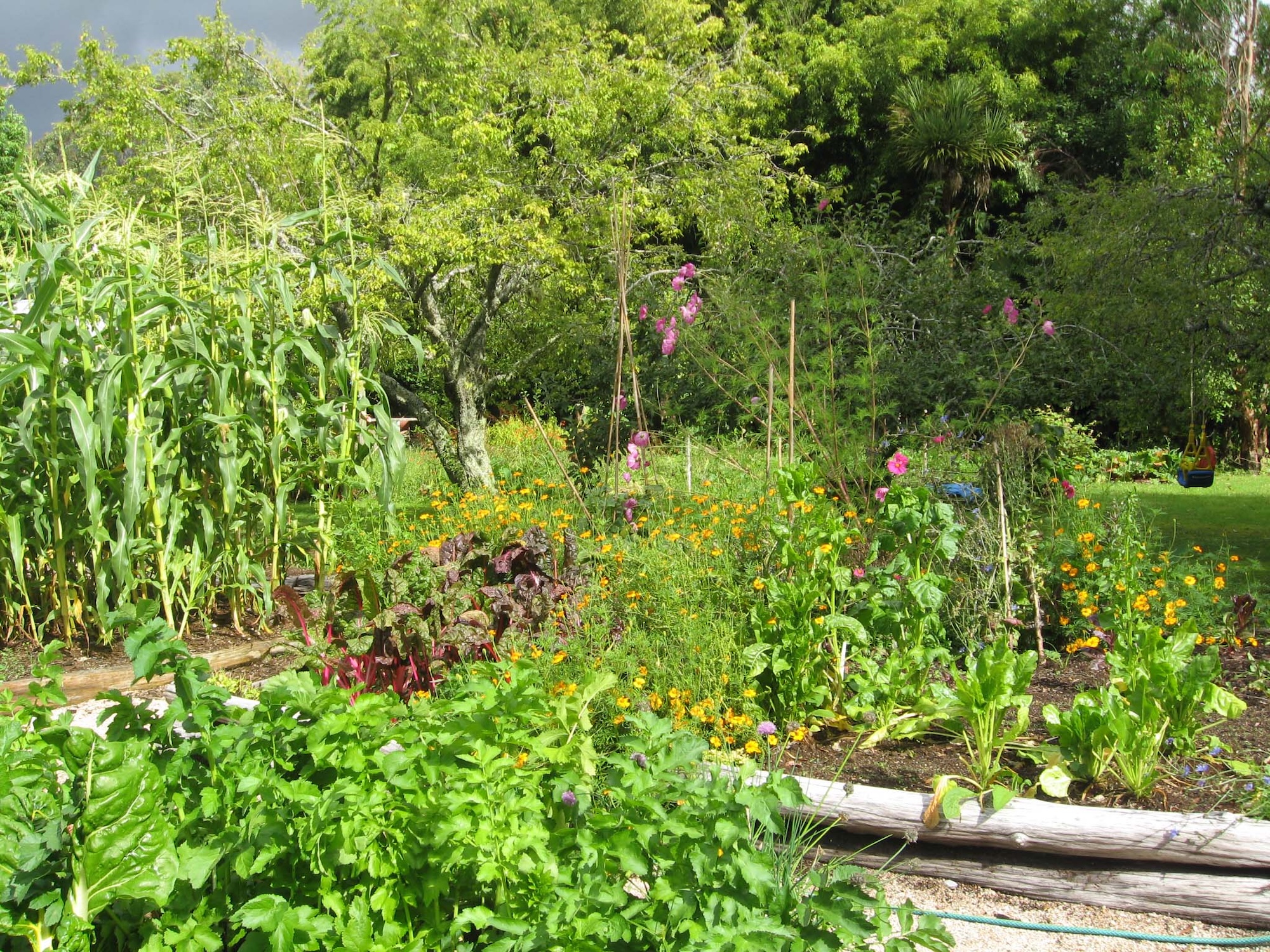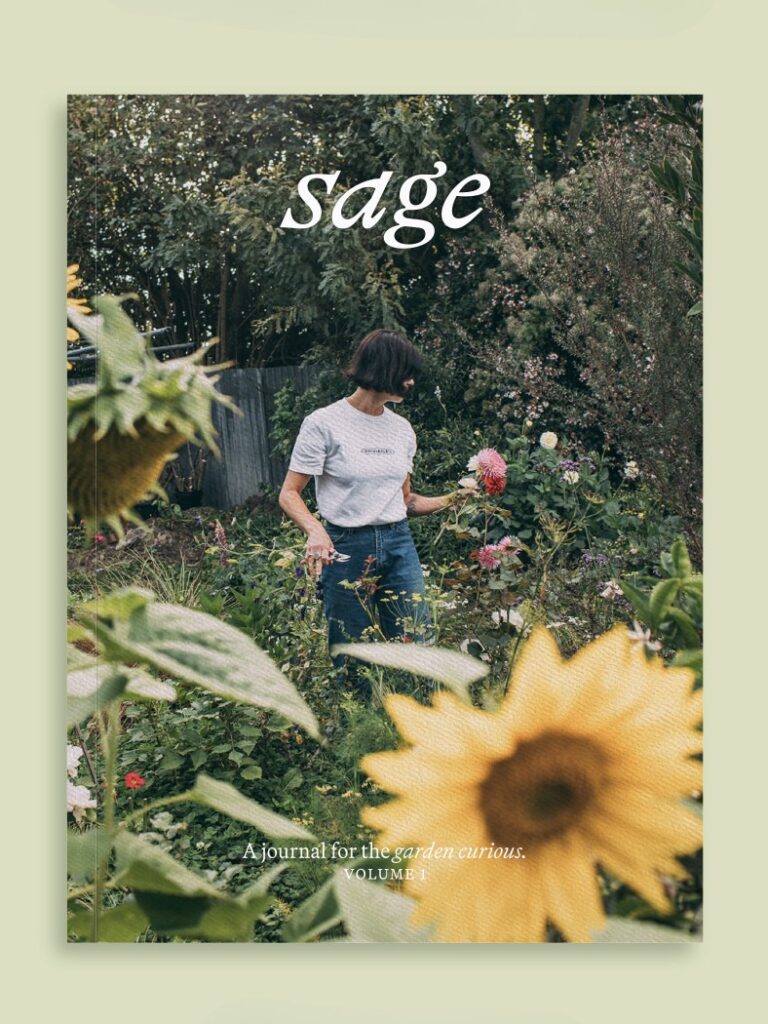Your cart is currently empty!
A simple guide to soil mixes & amendments
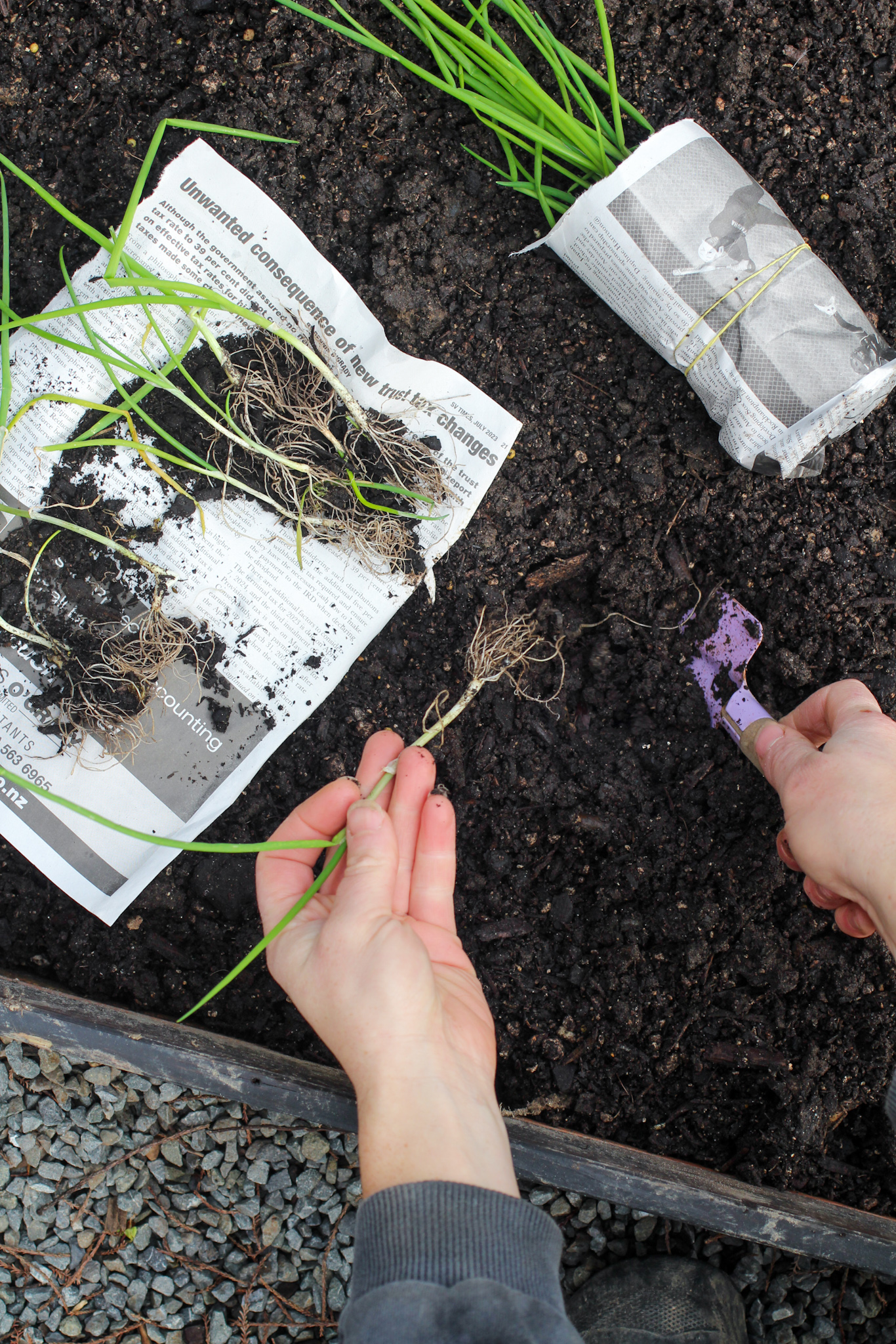
A simple guide to soil mixes & amendments
A guide for understanding your options and discovering the most effective soil mixes and amendments for your garden.
The 2025 Winter Gardening Series is supported by Gubba Garden Store.
It is in winter, when the trees are stripped bare and the flowers have long since set seed and drifted on the wind, that we become most aware of the earth beneath our gardens.
Soil is often overlooked — sometimes considered a bit boring and, at this time of the year, muddy and messy. But, it is where life begins.
Soil is the living, breathing heart of the garden — without it, there is no garden. And so, at this time of year, when the layers of the land are peeled back, it becomes the perfect moment to look more closely at what lies beneath.
For many home gardeners, winter is a season of enriching existing beds and also of starting fresh. Lawns can be transformed into borders, raised beds are built and pots are filled in readiness for spring.
With each new project comes a need for soil, and often a trip to the garden centre, where shelves brim with bags of compost, mulch and amendments — each promising something different.
The choice can be overwhelming. In this article, we’ll look at how to make sense of these options and explore the best soil mixes and amendments for the best results to improve the soil health and structure in your garden.

Compost is decomposing organic matter
Compost — what is it?
The foundation of any good garden begins with compost. Whether you’re starting a new garden or converting lawn into beds, compost is the one amendment that benefits every soil type.
Nutrient-dense and rich in organic matter, compost sometimes resembles soil, but it isn’t soil. It’s the by-product of decomposed organic materials and plays a crucial role in feeding plants and improving soil structure.
There are different types of compost available to buy, or ways to make your own compost pile!
Bagged or bulk compost that is available from the garden centre or landscaping stores are usually made from materials like green waste, animal manures, bark, sawdust and fungi. Premium products can also include additional amendments like certified organic plant materials or gypsum.
Compost is ALWAYS best bought unbagged, especially if there is risk it has been sitting on a shelf for a while. Of course, this is only if you aren’t making your own compost — which really is the best option!
Mushroom compost is the spent substrate used to farm mushrooms. Once the mushrooms are harvested, the growing medium is collected and sufficiently aged until it can be bagged up and sold to gardeners. It usually contains a combination of straw, hay and chicken manure. It tends to be more alkaline so it could be a good option for gardens with acidic soil (rather than alkaline soils).
(Note: For those who follow her gardening practices, Edible Backyard author Kath Irvine does not advocate for the use of mushroom compost in a garden.)
How to use compost
Compost is very dense and rich. Therefore, it should never be used on its own as a potting mix, for raising seedlings or for containers. The correct way to use compost is as an amendment, mixed into existing soil or together with other ingredients.
When creating a new garden, you can mix compost through your native soil and it will help to improve the soil structure. If you have clay soil, the compost can help to break up the clay and improve drainage. If you have sandy soil, then the compost will add organic matter and improve moisture retention.
Use this ratio as a guide for how much compost to use: 10cm of compost mixed through the top 20-30cm of surface soil for a new garden bed.
Compost is great for plants and soil, but use in small amounts and often. We don’t want to fall into the trap of overfeeding our gardens, like many of us have been doing!
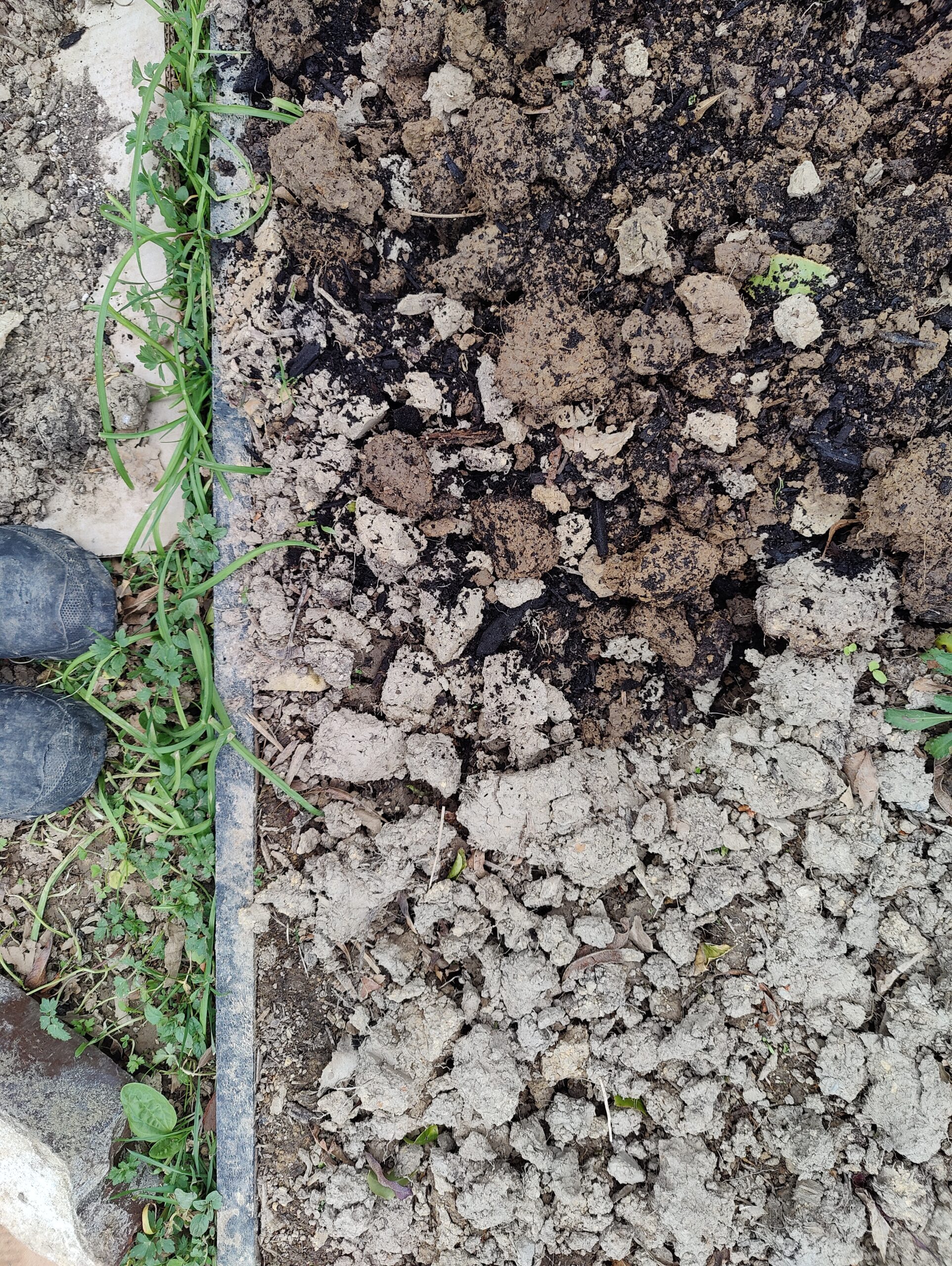
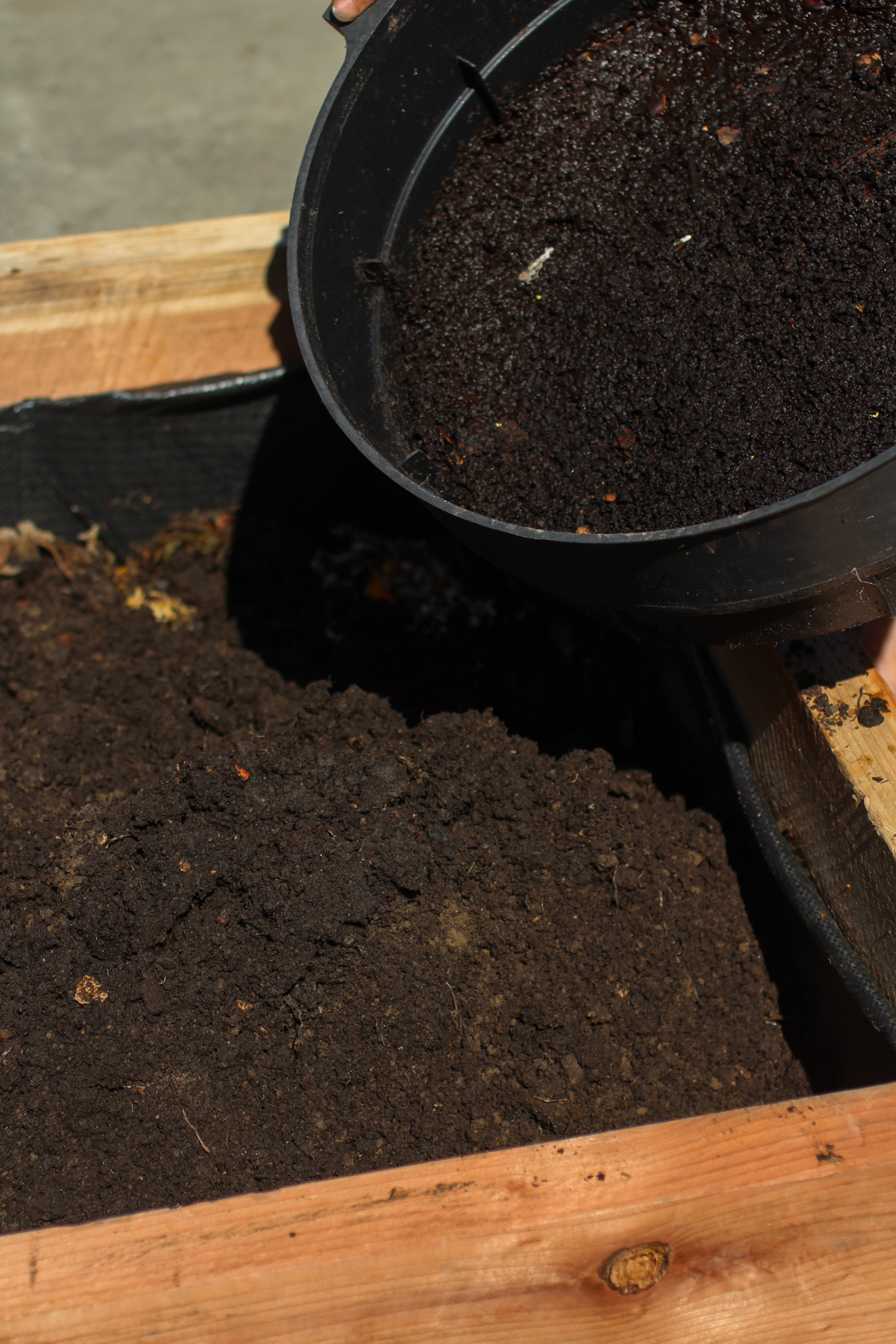
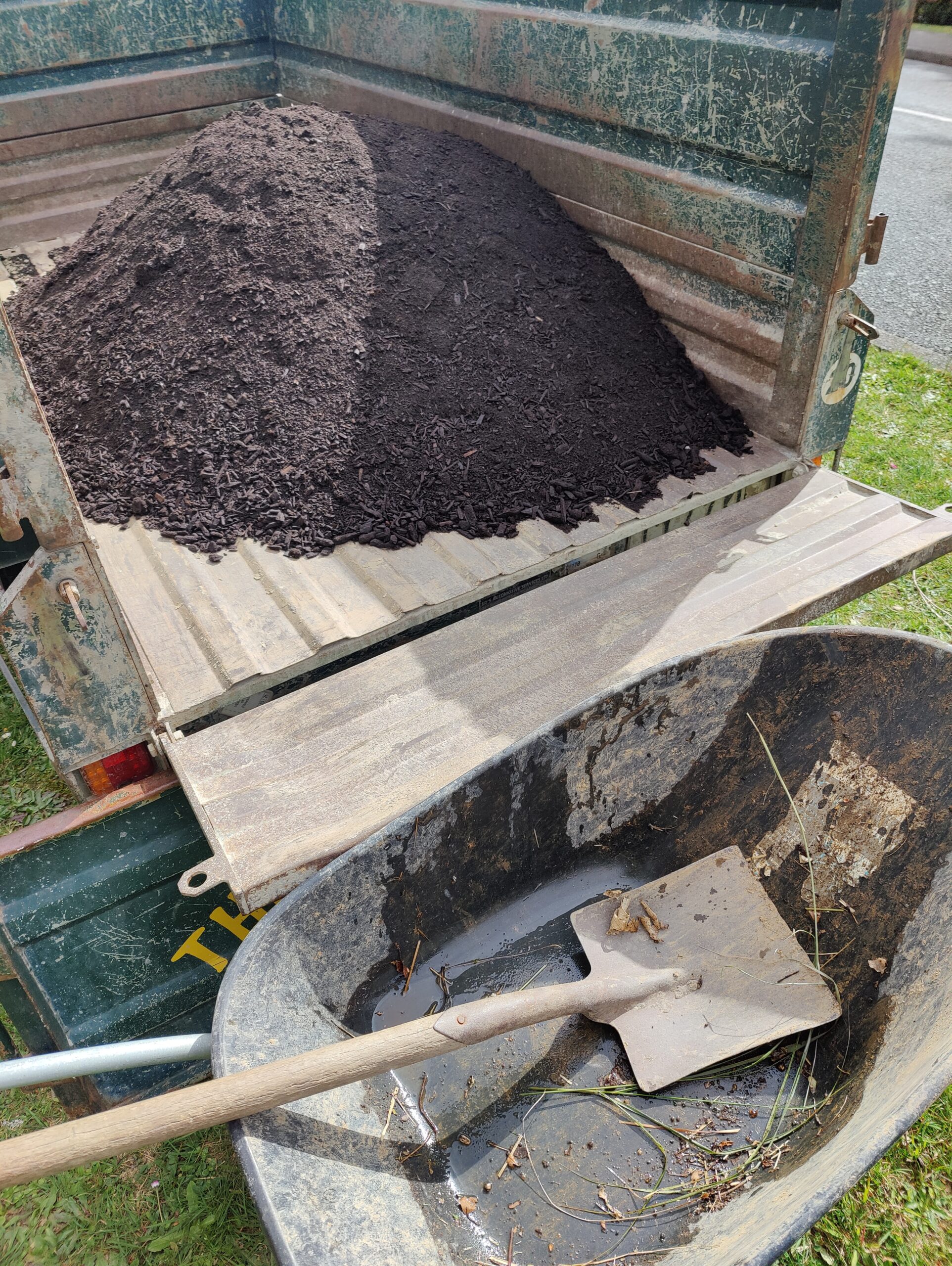
Garden mix — what is it?
If you are building a new raised bed this winter and need to fill it, then garden mix is the right soil for your needs.
Bagged garden mix is made up of topsoil + compost (and can include grit — sand or pumice — depending on the brand). There can also be added ingredients such as bark to improve water retention and synthetic fertilisers, or just natural nutrients in the form of manure.
It’s important to check with your local landscaping supplies store what their “garden mix” contains. Some suppliers label compost as “garden mix,” which means you may need to purchase both topsoil and compost separately to create the right blend for filling raised beds or bottomless containers.
In the following years, you can simply top up the bed with compost, as the organic matter will continue to break down over time.
For healthy plant growth, aim for a balanced mix of topsoil and compost — remember compost is too dense for plants to grow in alone, and this combination provides both structure and nutrients.
How to use garden mix
Garden mix is ideal for bottomless containers, raised beds or slightly raised garden edges — anywhere you’re creating a contained space for plants to thrive.
Specialty mixes such as Vegetable Mix, Citrus Mix, Bulb Mix etc. can be used in conjunction with Garden Mix as these have specific NPK ratios (fertiliser) to cater for their intended use.
To calculate how much garden mix you need, measure the length x width x depth of the raised bed / container to work out the total cubic m2.
For example, a 1m x 1m raised vegetable garden will require 7x bags of 40L Garden Mix and 7x bags of 40L Vegetable Mix to fill the area.
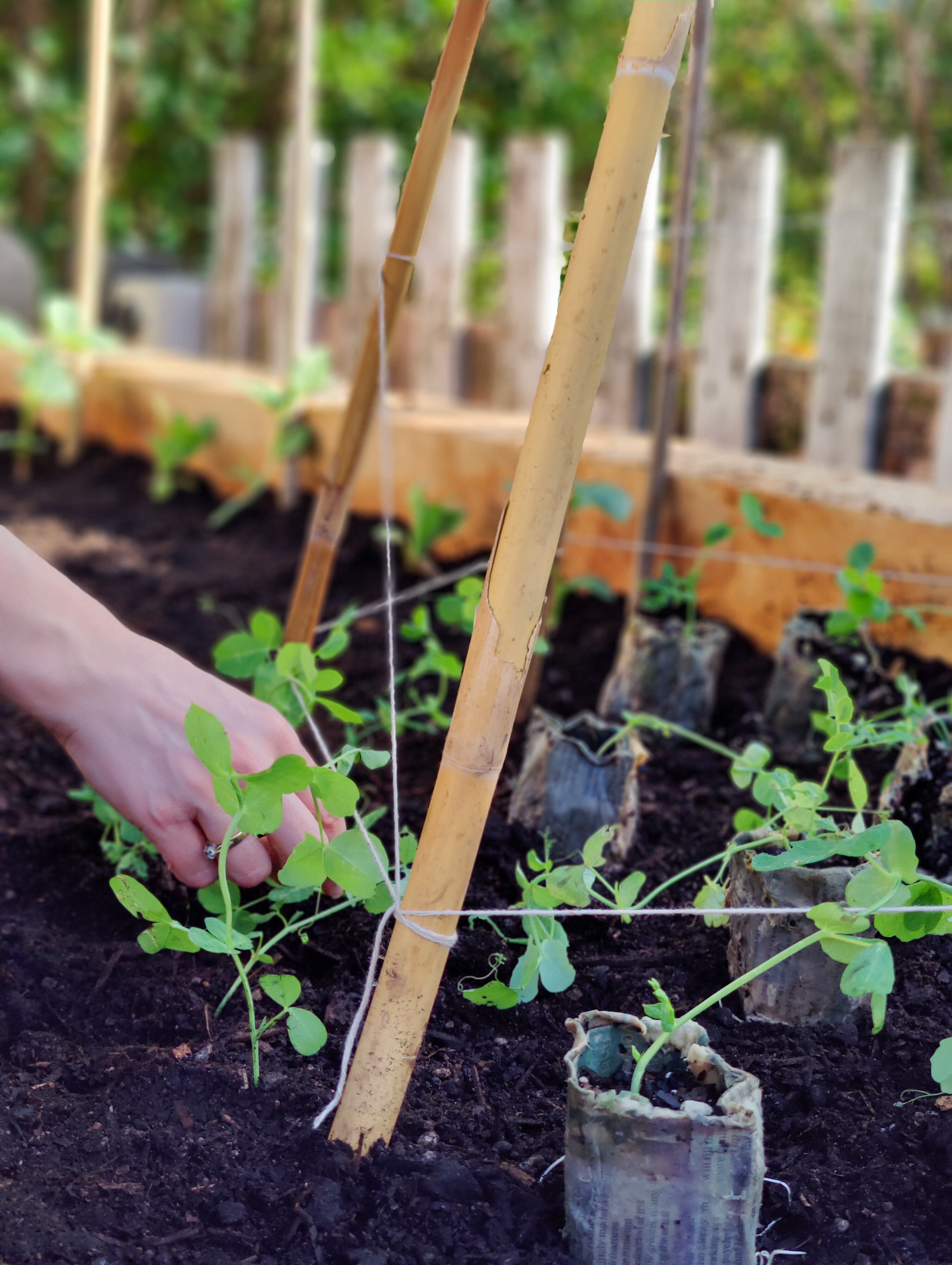
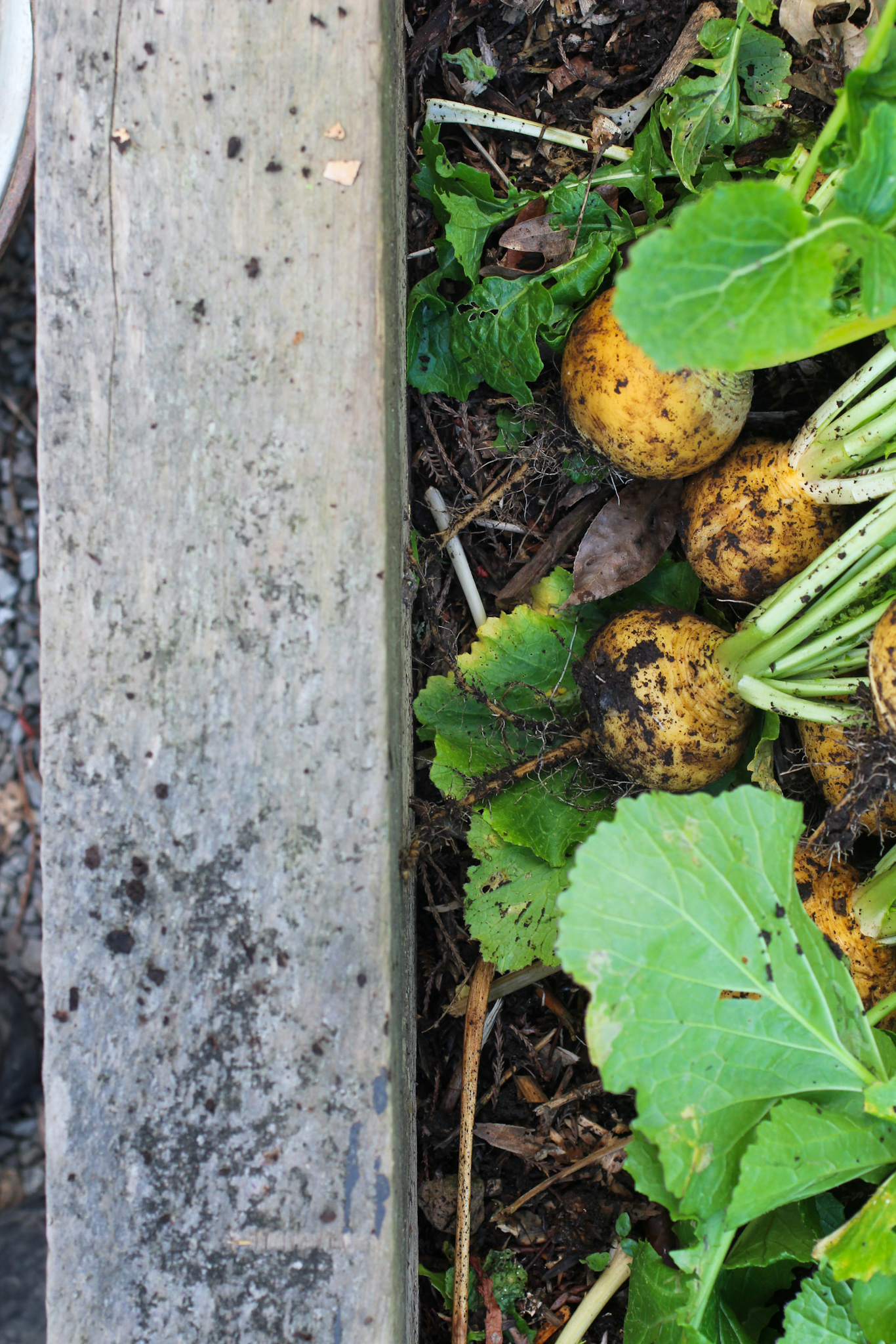
Potting mix — what is it?
Potting mix is a blend made for pots that have a base and drainage holes. It has special additives that sometimes include peat, bark, coco fibers, pumice, sand and wetting agents. There are also slow-release fertilisers that provide nutrients to the plant for a period of up to six months.
How to use potting mix
Potting mix is designed to be incredibly aerated and free draining. Do not use it in a garden or raised bed as it does not have the capacity to hold nutrients for a long duration of time.
Best used for houseplants and outdoors pots or raising seedlings.
You will notice that potting mix generally has a life span of 3-6 months (depending on the brand). After this time, you will have to replace the tired potting mix altogether or ‘revive’ by adding in worm castings or compost.
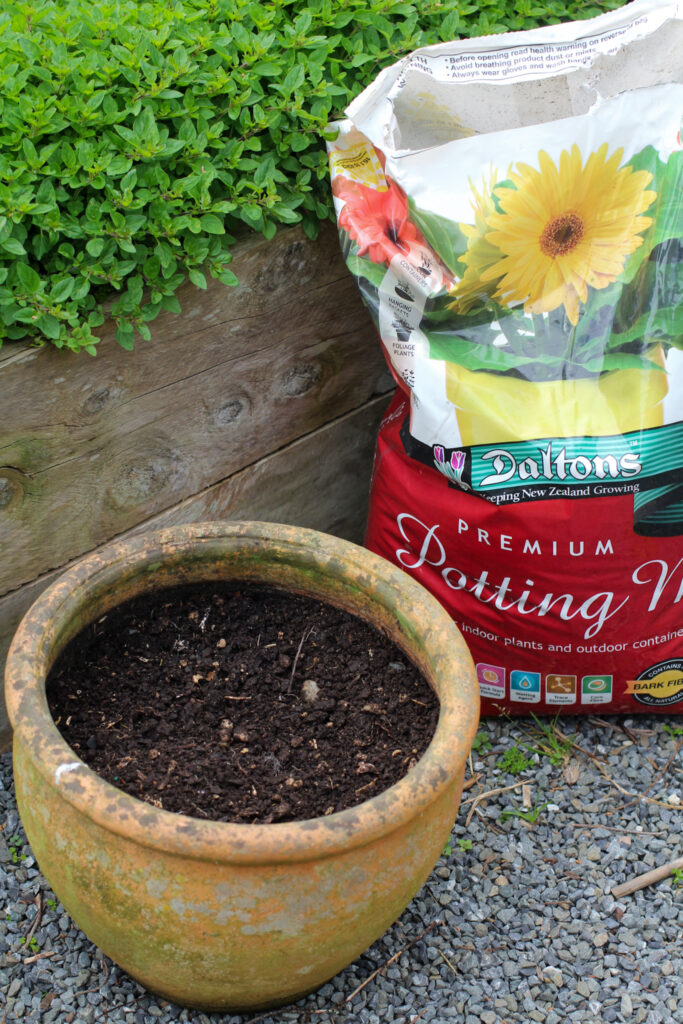
Potting mix is very free draining and should be used for pots only, not raised beds.

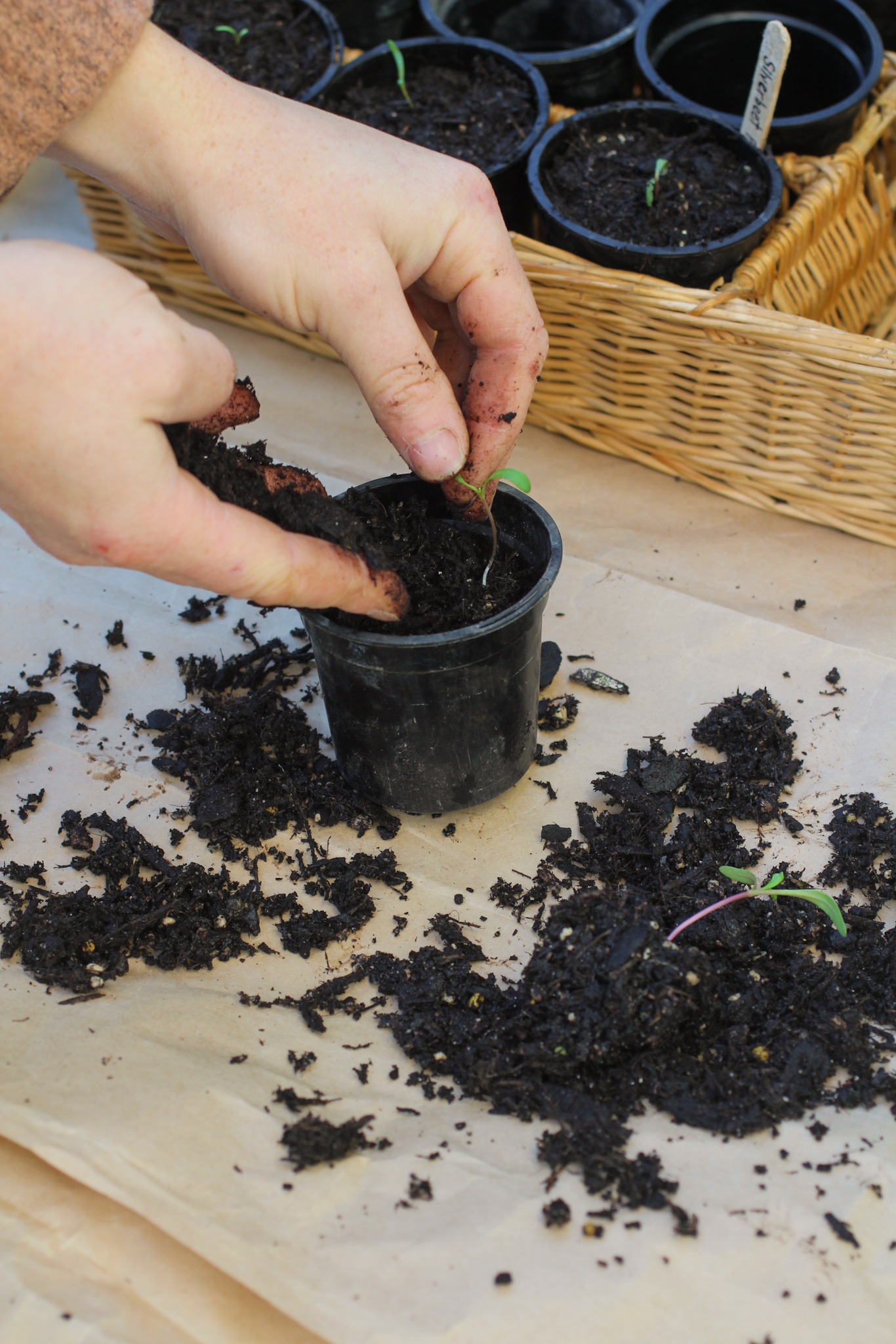
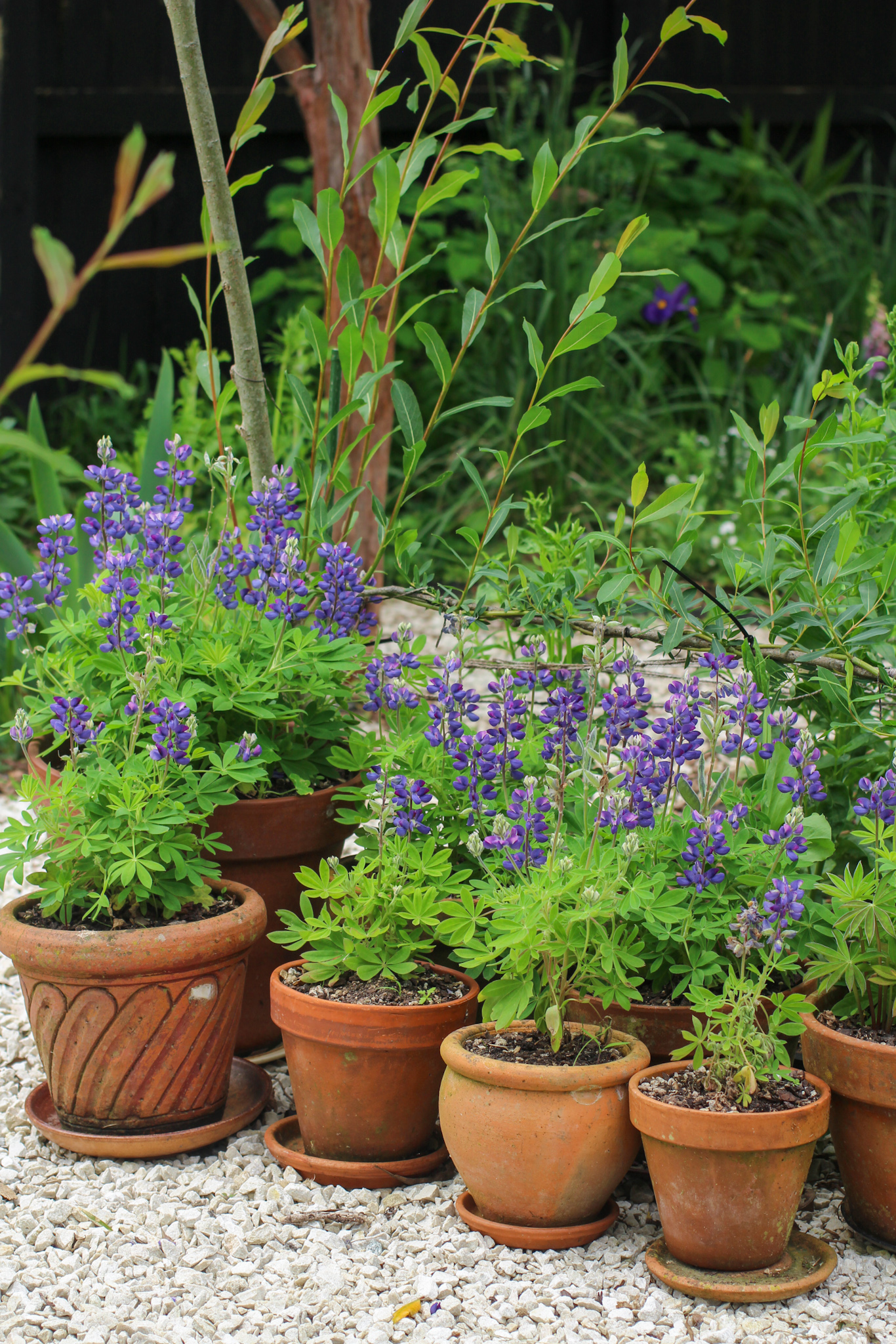
The best soil amendments
Garden soil amendments are ingredients you can add to your soil to improve its structure, essential nutrients or moisture retention. These are especially helpful when dealing with more challenging soil types like clay or sand.
For clay soils —
This soil type is nutrient packed and has the ability to hold a lot of moisture which is however suffers from soil compaction. You need to loosen the compaction first in order to access those beneficial nutrients.
Use gypsum to do this, which is a naturally occurring mineral containing calcium that helps to break up heavy clay soils and improve drainage. (It’s what GIB plasterboard is made from!)
Lime is another amendment that can be added to clay soils to help bind the particles together, which improves the structure and drainage.
Both these amendments encourage worm activity which also helps to increase and break down organic matter.
But the best amendment of all for clay soil — plants! Use green crops and ‘living mulches’ to get as many roots into the soil, which all help aerate and nurture the soil beneath.
For sandy soils —
This soil type is difficult to work with as it is incredibly free draining and does not hold a lot of nutrients. It requires a lot of organic matter to build moisture retention within the soil.
Animal manures, like well-rotted horse, sheep, chicken or cow manure in particular, are extremely beneficial due to their high organic matter content. Aged manure is best, as opposed to fresh manure. Use little, but semi-regularly.
Mulch is hugely important for sandy soil. It helps to lock in that moisture and also prevent erosion.
Choose an organic rich mulch, like aged wood chips or a thick chunky leaf mold mixed with decomposed seaweed.
Stay away from anything too fine, like pea straw or dry leaves as these are too light and will allow moisture to evaporate.
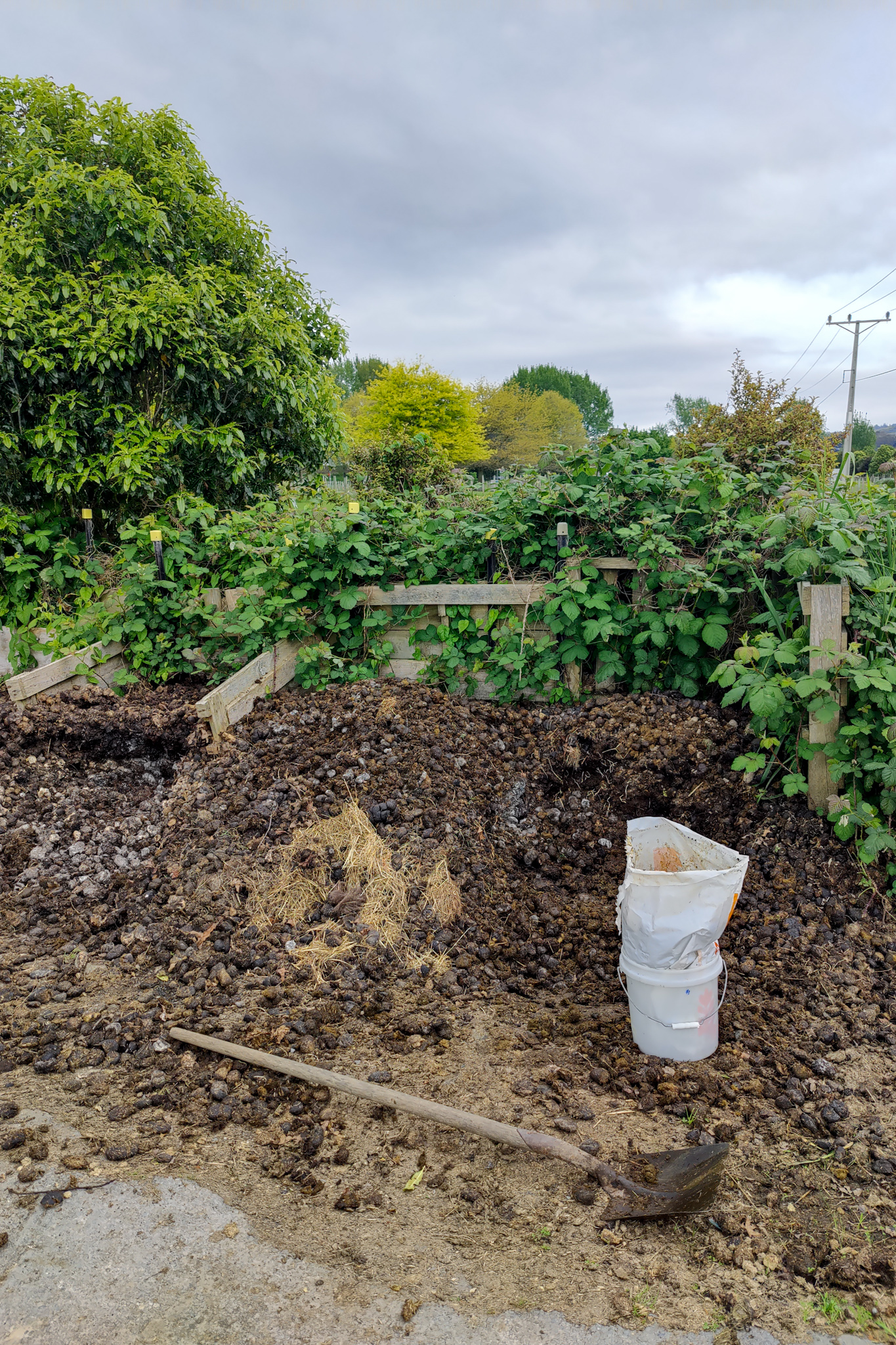
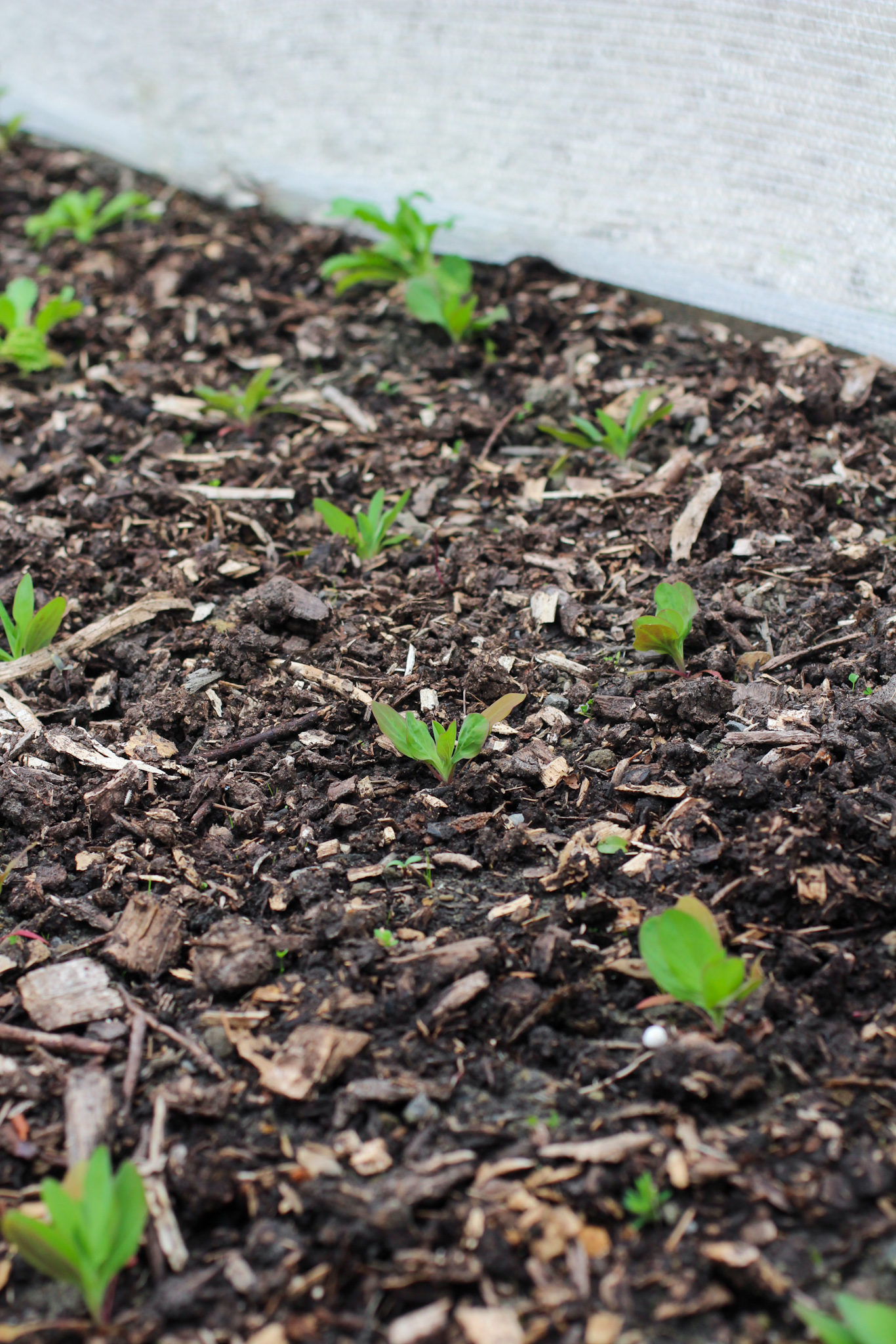
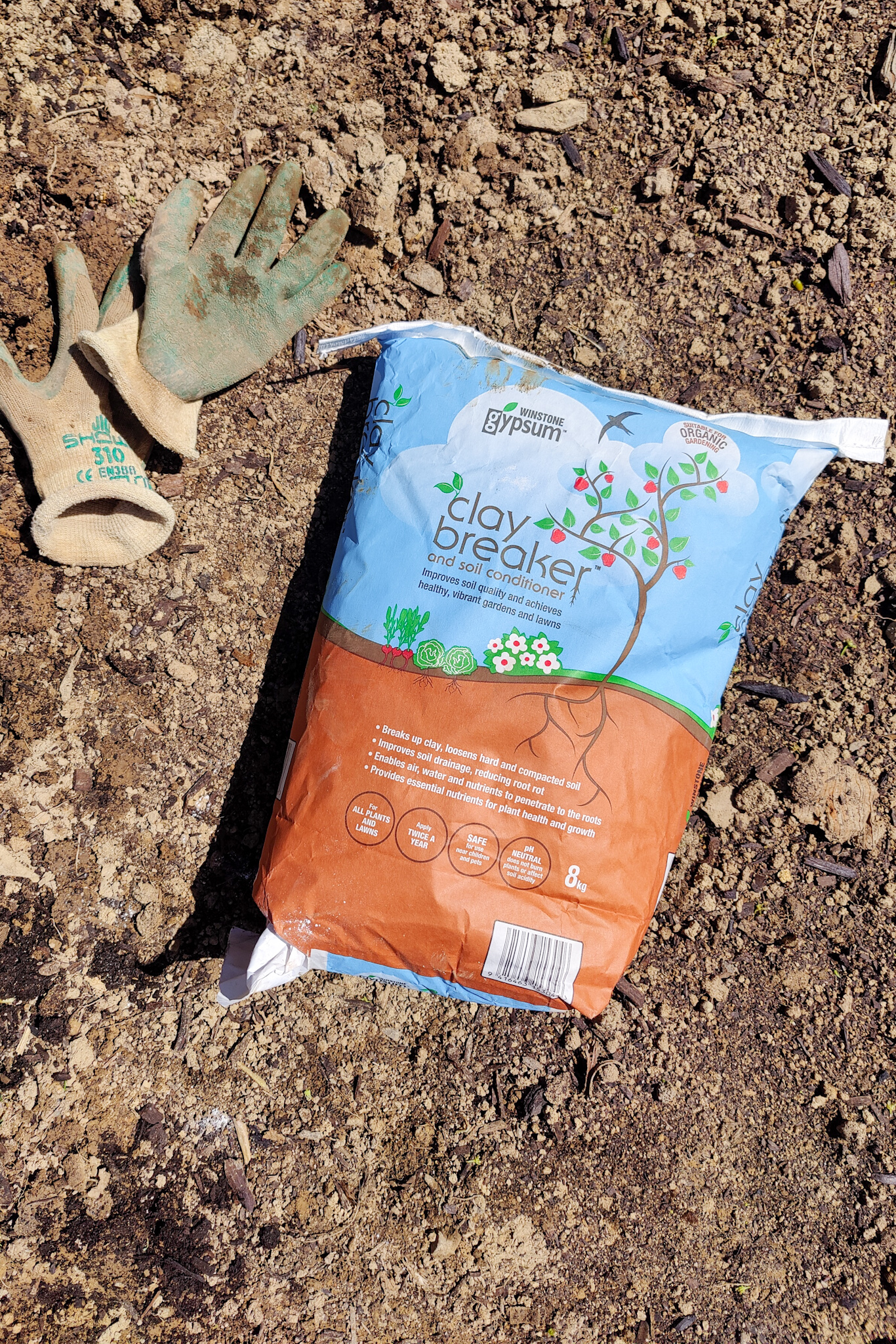

—
It is in winter, when the soil is exposed, that we’re given the chance to reconnect with the foundations of our growing spaces.
By understanding our soil and choosing the right blends for our garden’s needs, it’s the best time to lay the foundation for healthy plants and abundant growth in the seasons to come.
Whether you’re filling a new raised bed, amending tired ground or refreshing your pots, every garden begins with healthy soil.

